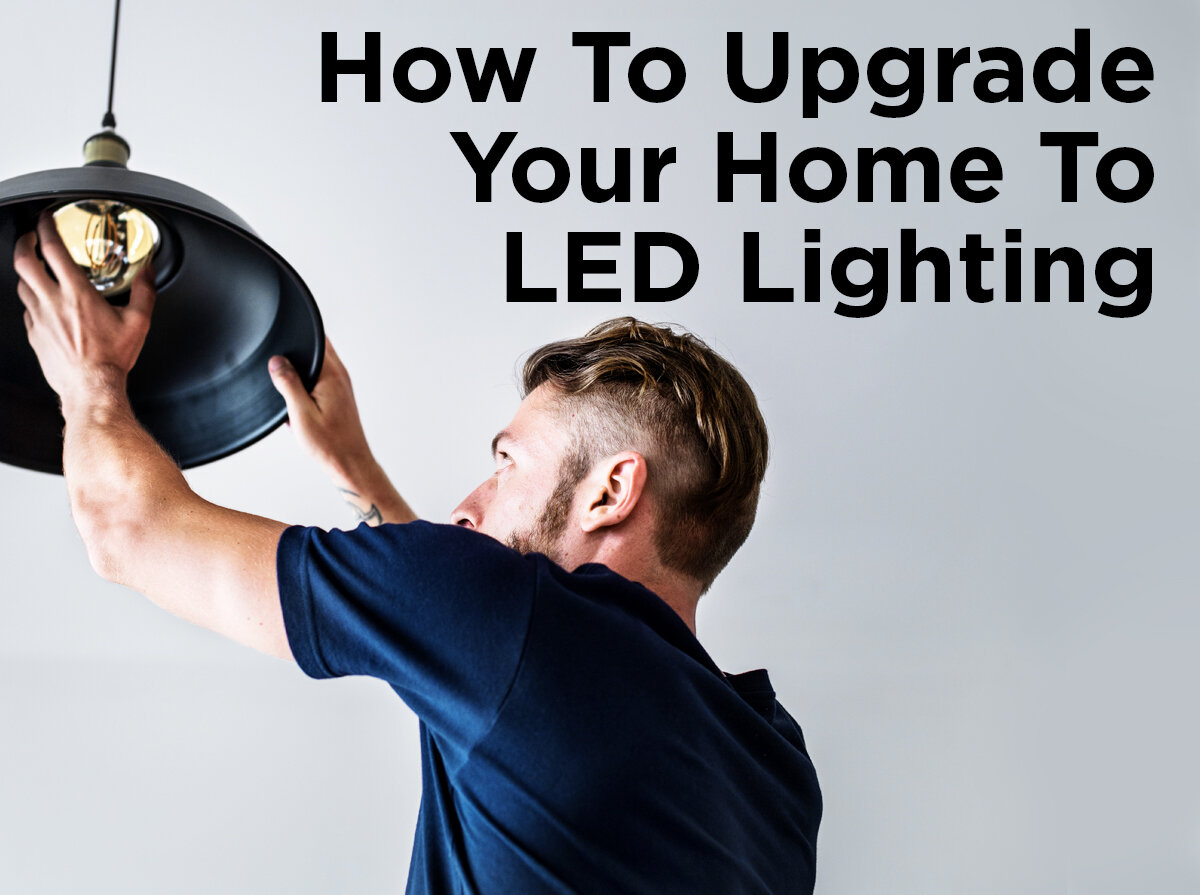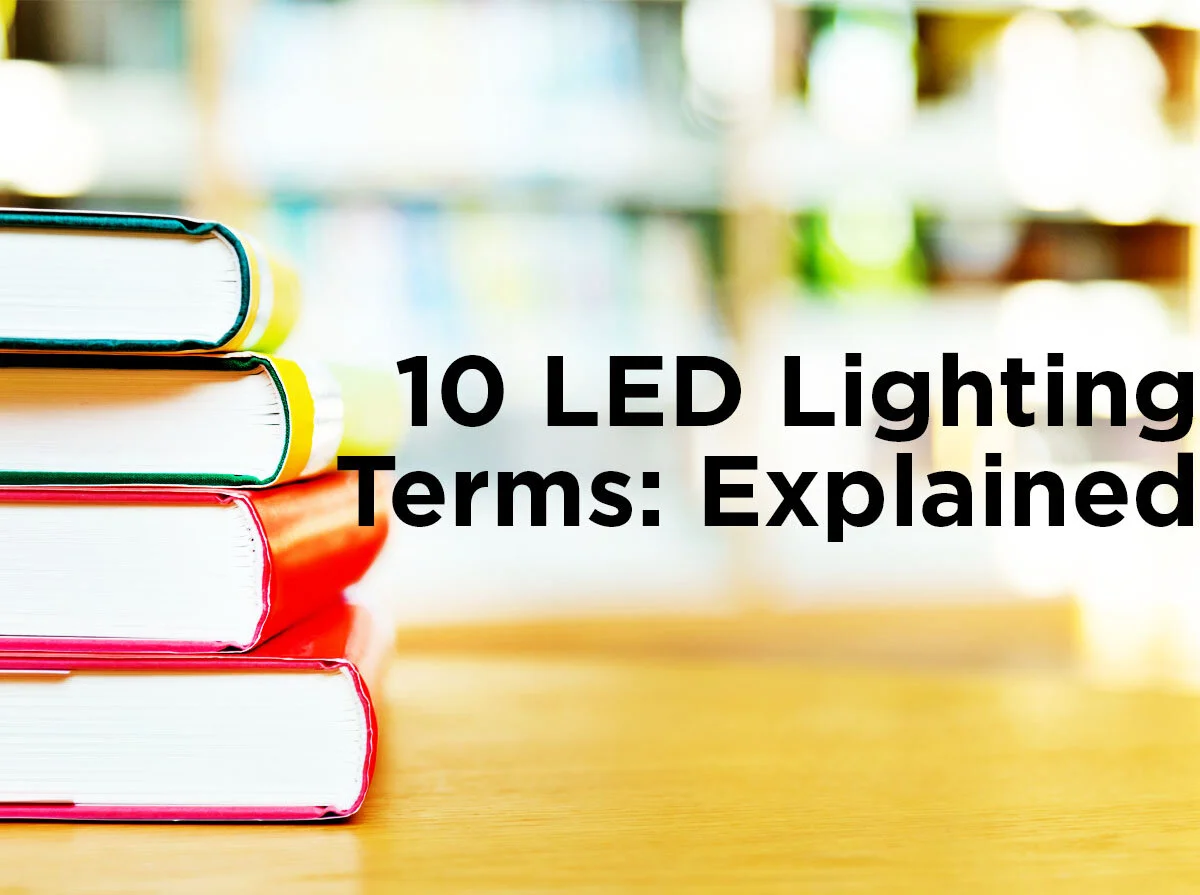How to Upgrade Your Home to LED Lighting
It’s finally time. After weeks of thinking it over, you’ve decided to switch from incandescent to LED lighting for your home. You want to save on your electric bills and get more out of your hard-earned paycheck, but even with newer and cheaper LEDs, they are still more expensive than incandescent bulbs. How can you be sure you’re getting the best in upgrade costs? I recently went through my own home and replaced all of the lights (minus the fridge light) with LEDs and it has been well worth it. Let’s take a look at where to start and how to finally make the switch to LED lighting.
Where Do I Start?
The first places you should change are heavily trafficked areas or hard to reach lights. The living room or dining room feature the highest volume of people and tend to use more light than other rooms. When lights are on in the house, they’re usually on in those rooms. Switching to LED here will save you more money in the long run by reducing the amount of energy used in your home each day. Since kitchen lights tend to have can lights or other kinds of recessed lighting that can be difficult to switch out (or is at least awkward to reach), changing these lights to LEDs the next time they burn out means fewer times you need to perch dangerously on a counter to fix your lights. Rooms with high or vaulted ceilings are also great for an early change-out.
PRO-TIP: Ceiling fans shorten the life of incandescents. If you want to replace lights as they burn out instead of all at once, consider replacing burnt out bulbs with lights from your ceiling fan and installing the new LEDs into the fan fixture to save a few hours on your incandescents.
How Do I Match My Old Lights?
We’ve written plenty of articles that explain color temperature and lumens, but it should be said that replacing older incandescents is a little more difficult than just matching the wattage to an estimated lumen value. As an incandescent bulb ages, the color temperature warms and the lumen value drops. This means that your light is yellower and dimmer. When you buy a 2700K, 800-lumen LED (the rough estimate for a standard 60-watt incandescent) to replace an older bulb, you’ll find that the light looks whiter and brighter than your old bulb. This is normal due to aging. LEDs do not age in the same way, so after you’ve had LEDs in your home for a while, replacing them won’t have such a drastic difference in appearance.
Since color temperature changes as incandescents age, it’s a good idea to replace lights in sets. Fixtures which use multiple lights should all be replaced at once to keep colors and light intensities even. As an added bonus, buying your LEDs at the same time can help to ensure that the LED chips were all binned in the same production run preventing further color issues.
Can I Use My Old Dimmers?
The short answer is: Maybe. LEDs use a different method of dimming than traditional incandescents. If your dimming system is fairly old, it’s unlikely you’ll be able to use your current dimmer switches. If you know what kind of dimmers were installed you can check for compatible LEDs or see if the LEDs you’ve purchased will work with the old dimmers. More than likely, your dimmer switches will need to be upgraded. Since dimmer switches are often more expensive than the bulbs themselves, you might want to change dimming circuits last if you’re trying to save money.
And there you have it. Start with lights that are hard to replace or in heavily trafficked areas. Save costly changes like dimming systems for last (so you can save up for them). Purchase your LEDs as sets to keep the colors even. Always keep in mind that an equally matched LED will look a little whiter and brighter than its equivalent incandescent due to aging. And, since you’re already purchasing new lights, it’s a good idea to revisit how color temperatures change the way rooms look. Well, do you think you’re ready to tackle an upgrade to your home? Let us know in the comments below, or follow us and share your upgrade stories and images on Facebook, Twitter, LinkedIn, Pinterest, or Instagram!







